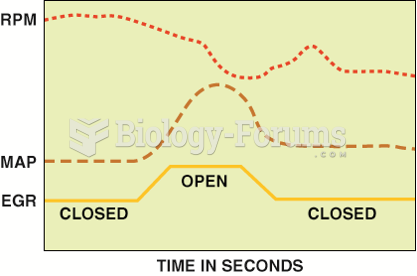Answer to Question 1ANS: A
One instrument that holds promise for rapid screening in primary care is the Mini-Cog (Box 20.4); it takes 2 to 4 minutes to administer, has good sensitivity (76 to 99) and specificity (89 to 96), and has been validated in primary care (Harvan & Cotter 2006). A positive screen on the Mini-Cog requires a more thorough evaluation. The Montreal Cognitive Assessment (MoCA) is the most sensitive instrument for detecting mild cognitive impairment; the MoCA website contains detailed instructions and normative data for the test in 35 languages (
www.mocatest.org).
Answer to Question 2ANS: B
The approach to the physical examination of older adults will not differ greatly from standard examination techniques presented in this text. Some tests of functional ability are not routinely considered in the usual examination of the adult; those are presented in the various sections that follow. With older adults who are debilitated, it is important to focus the examination and reduce extraneous activities and distractions. Whenever possible, begin the examination with maneuvers that can be accomplished with the patient in his or her current position. For example, when the patient arrives to the examination seated in a wheelchair, check vital signs, heart rate, extremities, or anything else that can be done in the seated position first. If a patient's ability to transfer from the wheelchair is in question, observe the transfer before the patient becomes fatigued. The exertion of getting on the examination table could fatigue an individual enough to preclude optimal performance. Likewise, perform all supine or standing examinations together to preserve the patient's stamina. A reordering of the sequence of the examination should be done in a logical and thoughtful manner.







